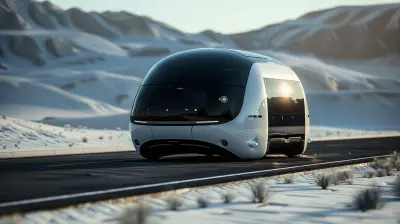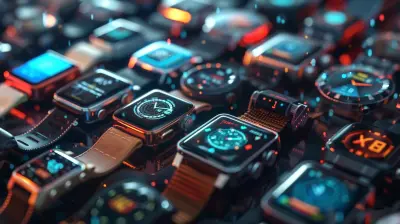How Smart Cities Are Leveraging IoT for Efficiency
21 July 2025
The future isn’t just knocking… it’s already settling in, sipping coffee, and connecting your fridge to the internet. Welcome to the world of smart cities, where urban life gets a serious tech upgrade thanks to the Internet of Things (IoT). From garbage bins that call in when they’re full to traffic lights that respond in real-time — you're about to find out how these cities are becoming slicker, faster, and way more efficient using IoT.
So grab that cup of coffee (smart mug optional) and let’s dive into how smart cities are leveraging IoT for efficiency, comfort, and a healthier planet.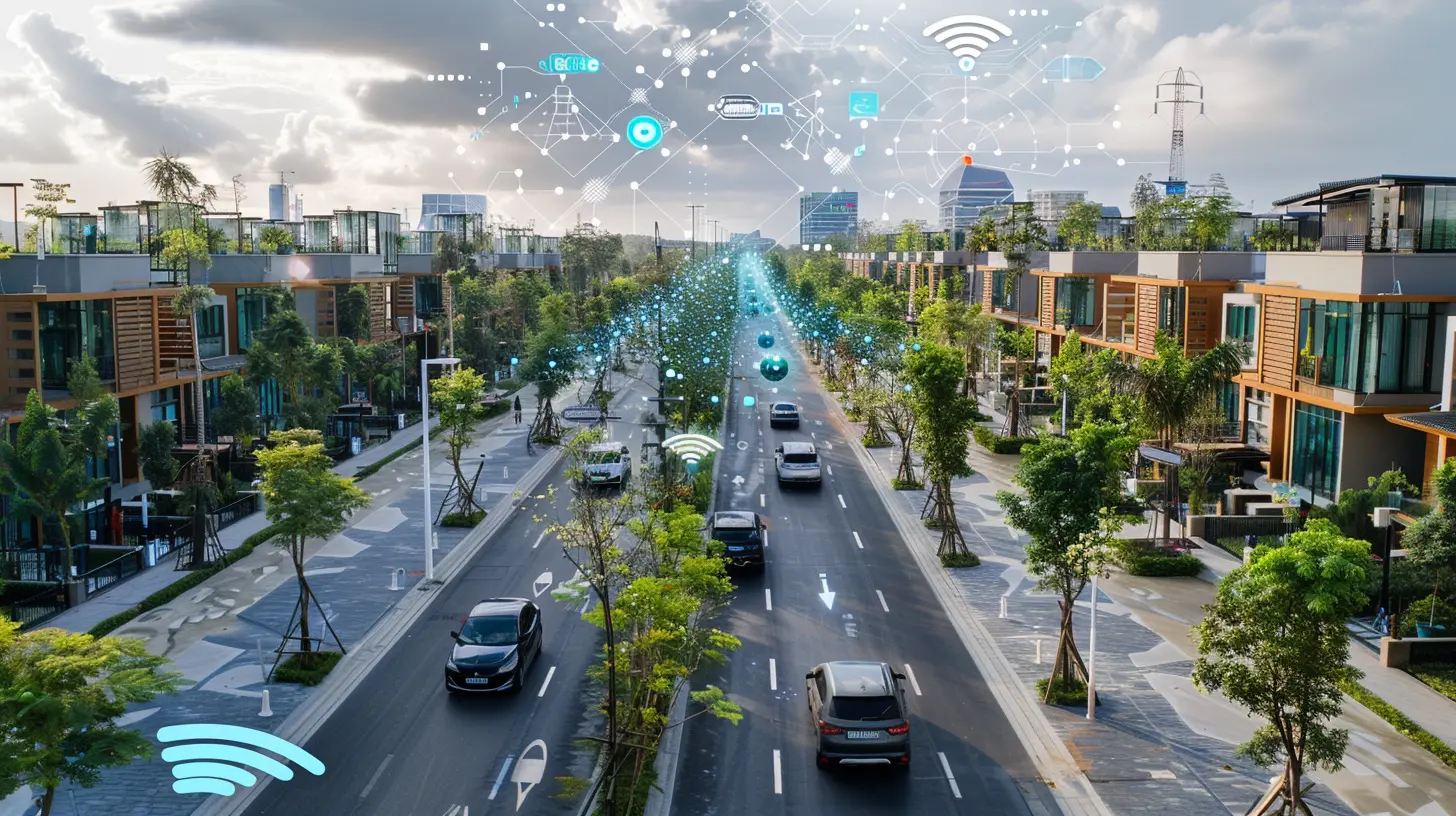
Wait, What’s a Smart City Anyway?
Before we start unleashing buzzwords, let’s get one thing straight. A smart city isn’t one with robots zooming around on hoverboards—although that would be cool. At its core, a smart city uses data and technology to improve the quality of life for people. It’s where digital tech meets physical infrastructure, and they become BFFs.And the MVP of this transformation? You guessed it—IoT.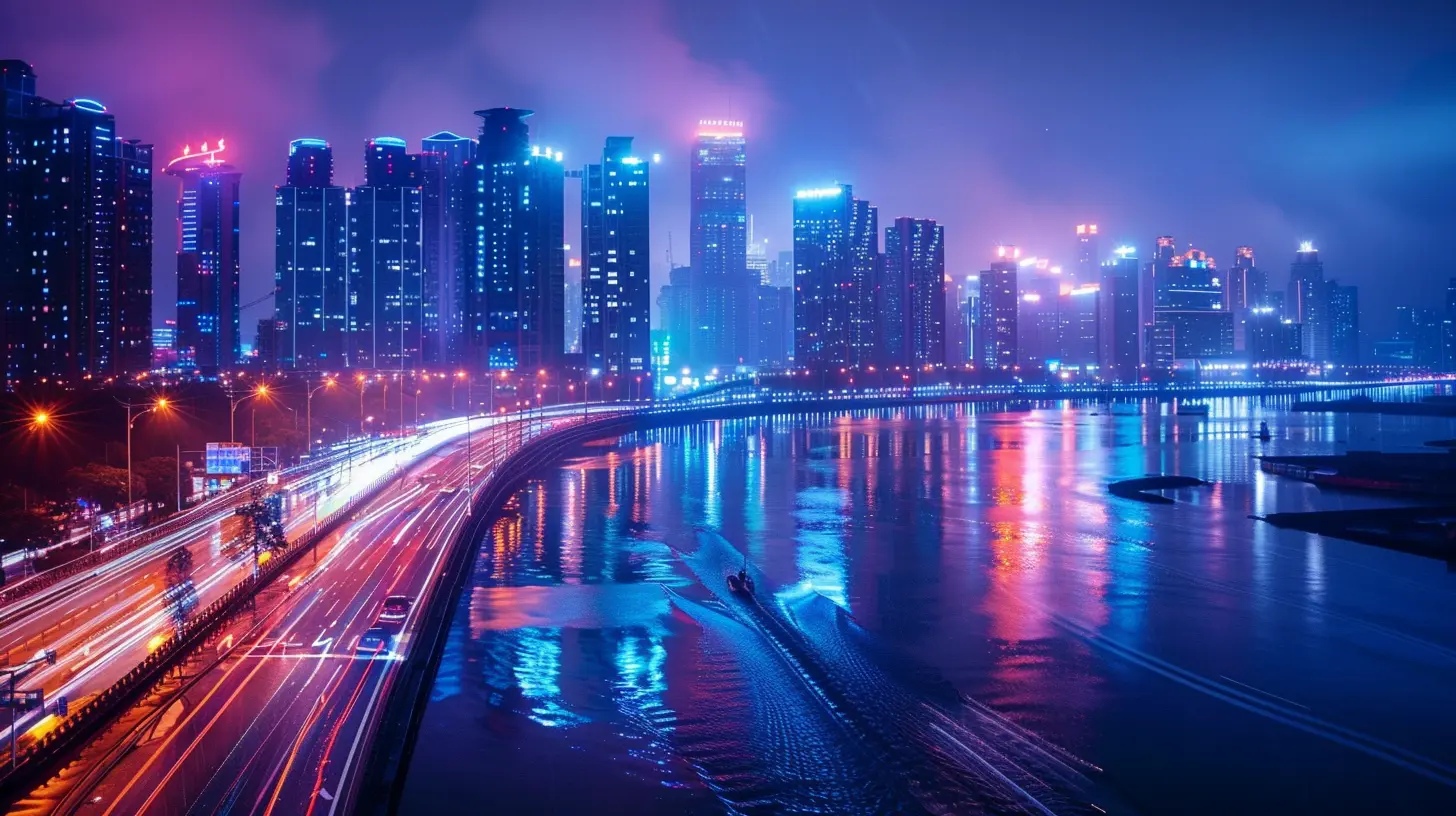
IoT 101: The Backbone of Smart Cities
Think of IoT (Internet of Things) as the nervous system of a smart city. It's a vast network of physical devices—all connected to the internet—gathering and sharing data like busy little bees.We’re talking about:
- Smart sensors
- Cameras
- Streetlights
- Vehicles
- Home appliances
- Even park benches (yep, now they’re smart too)
By embedding these “things” with sensors and software, cities can monitor and manage everything from energy use to traffic flow in real-time.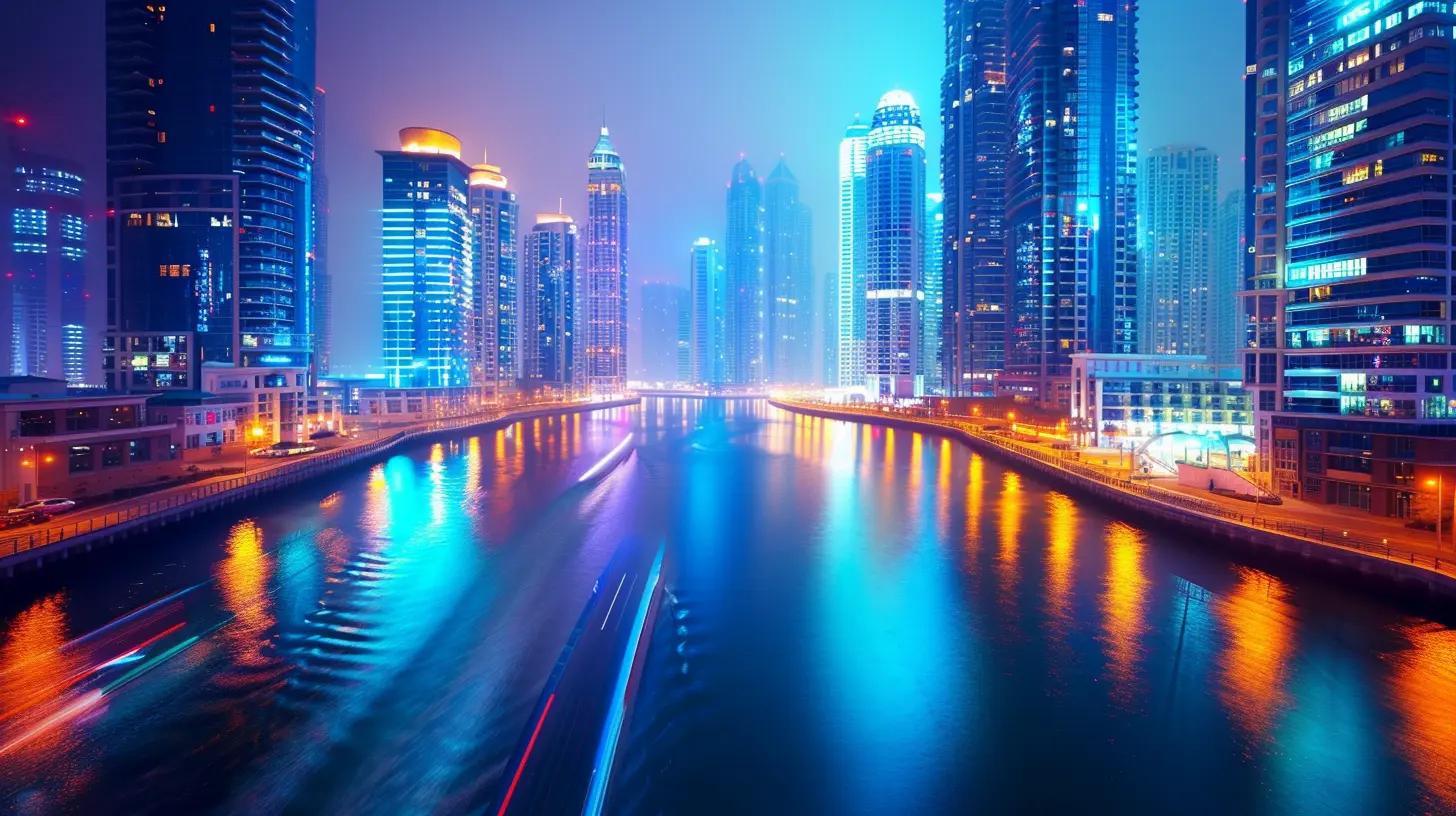
City Life Gets an Upgrade: IoT in Action
1. Living the Traffic-Free Dream
Ever been stuck in traffic and wondered if the universe was punishing you for something? With IoT, the answer might be “not anymore.”Smart traffic management is one of the biggest wins for city dwellers. IoT sensors embedded in roads, traffic lights, and vehicles collect data on traffic patterns, weather, and even accidents. Cities can then adjust traffic lights dynamically to improve the flow. Some systems guide emergency vehicles through traffic by triggering green lights along their route. It’s like Google Maps on steroids.
Bonus: Less traffic means less pollution. Win-win.
2. Parking Gets Smart (Finally!)
Circling endlessly for parking isn't just frustrating—it’s a waste of time, fuel, and sanity. IoT-based smart parking systems use sensors in parking spots to tell drivers in real-time where an empty spot is hiding.Some cities also let you pay through a mobile app, removing the “oh no, I don’t have quarters” panic. Plus, city planners can analyze parking usage data to make long-term infrastructure improvements. It’s all about working smarter, not harder.
3. Waste Management That Doesn't Stink
Remember those overflowing trash bins on hot summer days? Smart cities say “no thanks” to that mess.IoT-enabled waste bins come with sensors that alert sanitation services when they’re full. This helps schedule collections efficiently rather than blindly following rigid routes. It reduces fuel usage, cuts costs, and keeps cities smelling a lot fresher.
Think of it like your garbage bin texting the city: “Hey, I’m full. Come get me.”
4. Energy Efficiency That’ll Make Your Wallet Smile
Smart cities don’t just look good—they save big bucks on energy. With IoT devices, cities can monitor and manage energy usage in real time.Take smart streetlights, for example. Traditional ones just blaze all night. But smart ones? They dim when no one’s around and brighten only when needed. That saves electricity, reduces light pollution, and even makes the streets feel safer.
Large buildings and public spaces can also be wired with smart HVAC systems and lighting that adjust depending on occupancy and weather. Yep, your city is turning into an energy-saving ninja.
5. Public Safety Gets a Tech Boost
IoT helps cities get proactive with safety. Surveillance cameras paired with AI can detect unusual behavior and alert law enforcement. Sensors can monitor buildings for structural weaknesses, water pipes for leaks, and bridges for stress.In emergencies like fires or earthquakes, real-time data helps first responders act faster and smarter. Think of it as a city that not only breathes but also has reflexes.
6. Water, Water Everywhere—But Not a Drop Wasted
Smart water systems are all about conservation. Sensors track everything from water quality to leak detection in real time. If there's a sudden spike in water flow (hello, burst pipe!), utilities are alerted instantly.Smart irrigation systems in public parks water the grass only when needed based on soil moisture and weather updates. It's like giving your lawn a brain.
7. Better Air Quality, One Sensor at a Time
Air pollution? Not on a smart city’s watch. IoT sensors monitor air quality across neighborhoods, helping identify pollution hotspots. This data allows city officials to take targeted action—like rerouting traffic or issuing warnings to vulnerable residents.Plus, citizens can use apps to check real-time pollution levels in their area. It’s your weather app’s cooler, greener cousin.
Real-World Smart Cities That Are Killing the Game
Let’s get out of fantasyland for a sec. Here are some real places where all this is happening today:🎯 Singapore
The godfather of smart cities. With smart traffic systems, robot cleaners, and data-driven urban planning, Singapore is practically a sci-fi movie.🌉 San Diego
Smart streetlights that monitor traffic and reduce energy use? Check. A stunning example of how existing infrastructure can be retrofitted smartly.🇳🇱 Amsterdam
Another pioneer, Amsterdam uses sensors to manage traffic, water, and even crowd control in tourist-dense areas.🇮🇳 Pune, India
One of many Indian cities jumping on the smart bandwagon. From intelligent waste management to smart classrooms, it’s transforming fast.But Wait, It’s Not All Rainbows and Wi-Fi
As exciting as this all sounds, smart cities also face challenges.- Privacy Concerns: All this data collection can make people uneasy. Who's watching? And how is the data stored?
- Cybersecurity: More devices mean more opportunities for hackers. Yup, even your smart bench could become a vulnerability.
- Cost and Inequality: Implementing IoT isn’t cheap, and not every citizen may benefit equally. Digital divides could get worse without thoughtful planning.
So, while smart cities are the future, they need smart governance to go with the tech.
The Bottom Line: A Better Life, One Sensor at a Time
When you break it down, the idea behind smart cities is pretty simple—use tech to make life better. IoT is the magic wand helping city planners solve age-old urban headaches with real-time solutions.From smoother commutes to cleaner air and lower utility bills, the benefits are hard to ignore. And as technology keeps evolving, the possibilities are just getting started.
So next time you tap your phone to find a parking spot or notice your trash bin has mysteriously emptied itself, remember: it’s all part of a smart city working quietly behind the scenes to make your day a little better.
What’s Next? 🤖
We’re not stopping at traffic lights and trash bins. The future might hold smart sidewalks that generate energy as you walk, drones delivering medical supplies, and even AI city mayors (okay, maybe not right away).But one thing’s for sure—smart cities powered by IoT aren’t just a trend. They’re the future of urban living. And guess what? You’re already a part of it.
all images in this post were generated using AI tools
Category:
Emerging TechnologiesAuthor:

Kira Sanders
Discussion
rate this article
2 comments
Andrea West
This article brilliantly highlights the transformative role of IoT in smart cities. By enhancing efficiency through real-time data and connectivity, urban areas can optimize resources, improve services, and create more sustainable environments. Exciting times ahead for urban innovation!
November 4, 2025 at 11:42 AM

Kira Sanders
Thank you for your thoughtful comment! I'm glad you found the article highlights the exciting potential of IoT in transforming smart cities.
Jace Griffin
Smart cities are not just a vision; they’re our future! By harnessing IoT, urban areas can enhance efficiency, sustainability, and quality of life. Let's embrace this transformative technology and work together to create smarter, more connected communities for all!
July 26, 2025 at 2:27 AM

Kira Sanders
Absolutely! Embracing IoT is key to transforming urban areas into smarter, more efficient, and sustainable communities. Together, we can enhance the quality of life for all residents.
